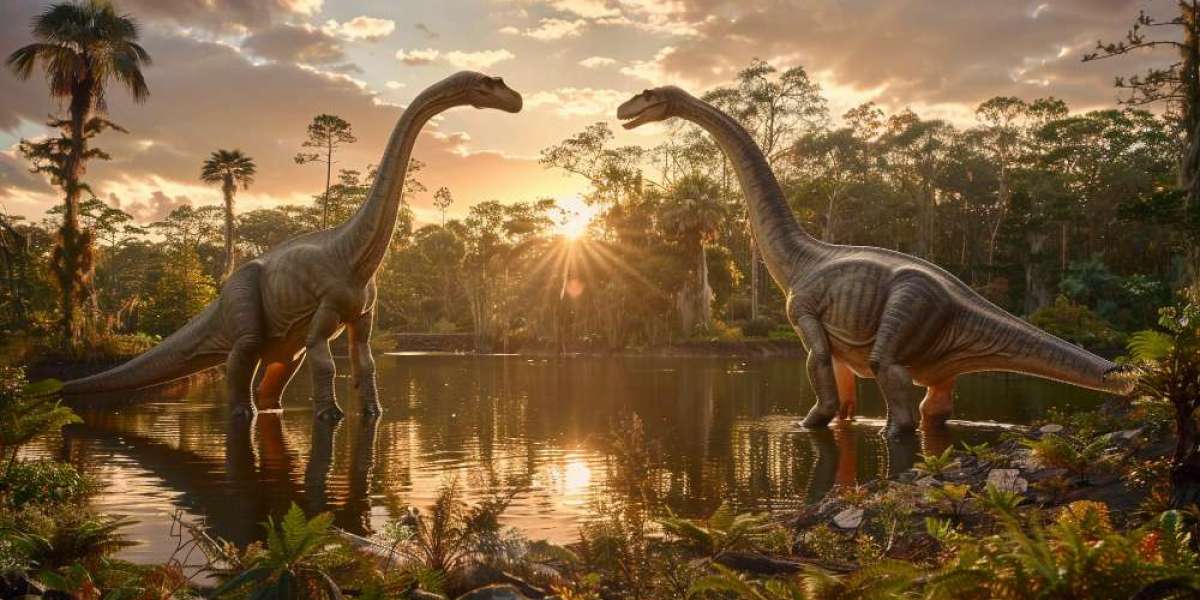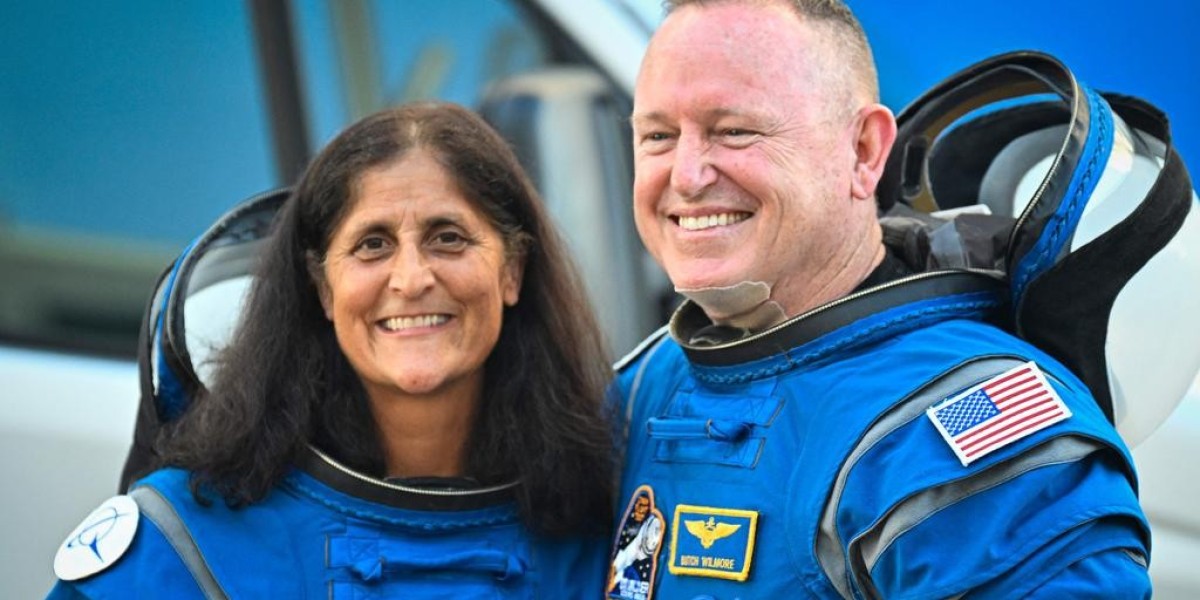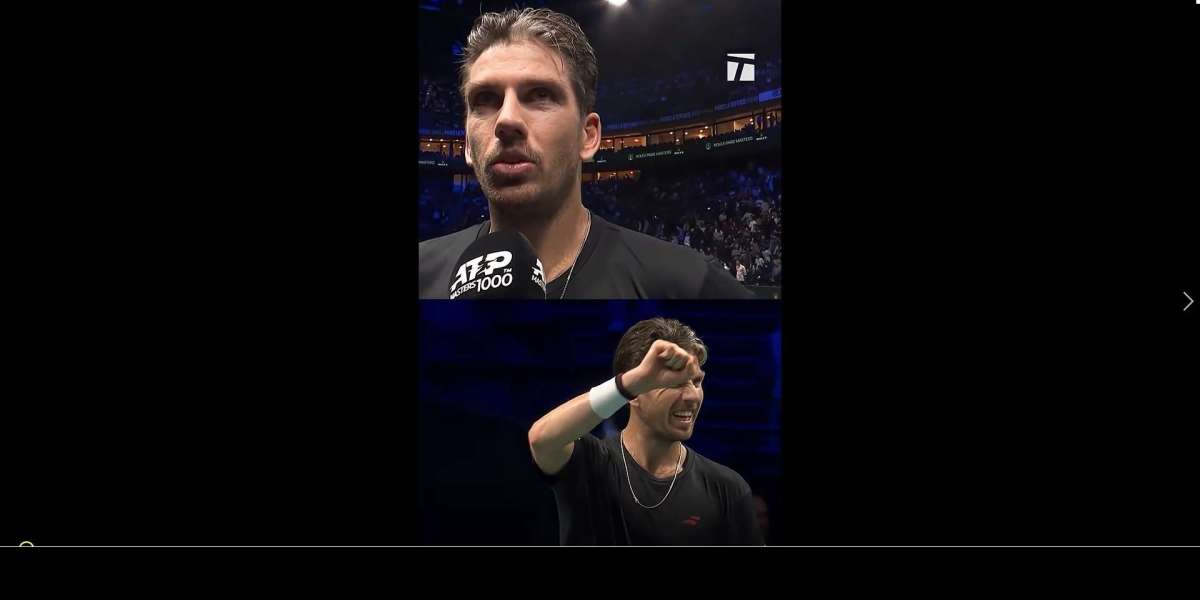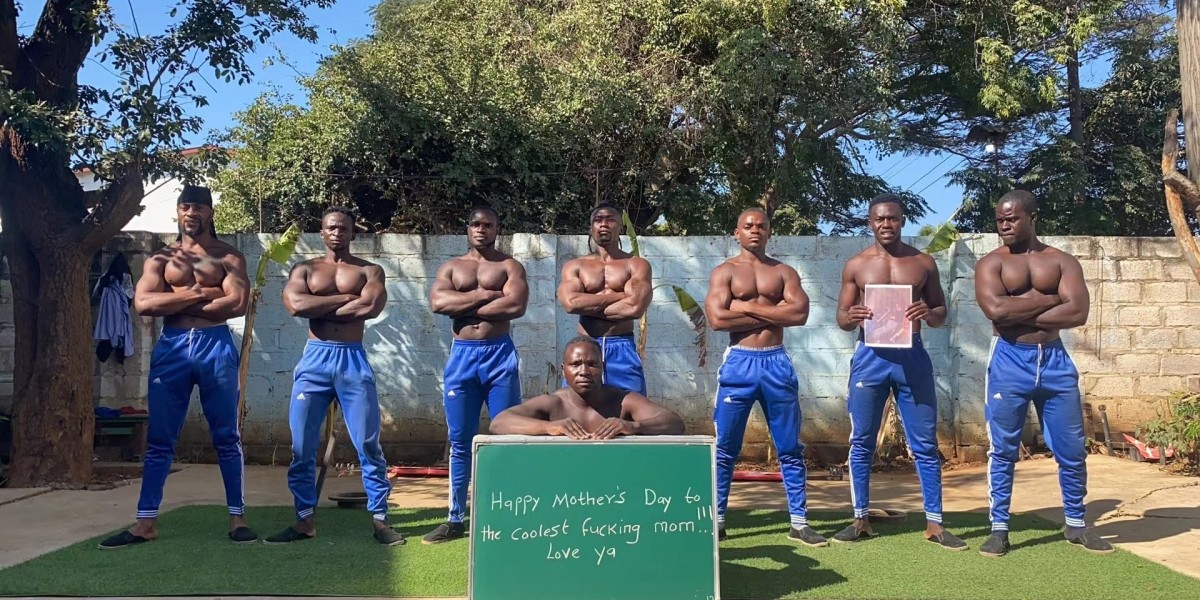article image source: freepik (link)
The researchers have managed to reproduce a close version of the sounds made by hadrosaurs, large herbivorous dinosaurs popularly known as "duck-billed dinosaurs" because of their wide, flat, duck-billed mouths. These dinosaurs were among the most prominent dinosaurs that lived during the Late Cretaceous Period, about 75 to 65 million years ago.
Here's a video the team filmed that lets you listen to what they believe is a close version of the sounds made by these dinosaurs:
Very Special Skulls
These dinosaurs were known for having bony cavities in their skulls that resemble natural trumpets. These cavities were likely used to amplify sounds and produce calls for communication, defense, or mating.
The team, led by Courtney Brown, an associate professor at Southern Methodist University, scanned these skulls using CT scans to obtain accurate models of the structure of the airways and resonating chambers.
3D printing was then used to produce physical replicas of these structures, which could be used as wind instruments through which air could be passed to simulate sounds the dinosaurs might have actually made.
advertisement
Sounds Between Science and Art
When air is forced through these replicas, they produce deep, eerie sounds resembling trumpets or screams. These aren't necessarily the actual sounds of dinosaurs, as elements such as the shape of the larynx or the nature of the soft tissues are certainly missing, but the experiment provides a scientific approximation of these sounds, based on known anatomy.
The experiment extends beyond science to art, with interactive musical instruments designed to allow the musician to "speak in a dinosaur voice," giving the audience an immersive experience that evokes the distant past in a sensory way.
This work helps test hypotheses about how dinosaurs used their resonating cavities, stimulates the search for additional evidence in fossils, and gives audiences a tangible way to imagine the world of dinosaurs beyond cinematic stereotypes.
Thank you !








